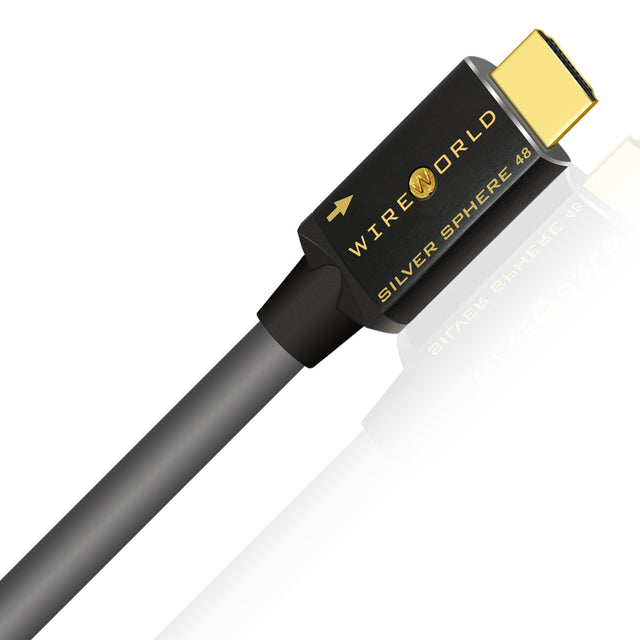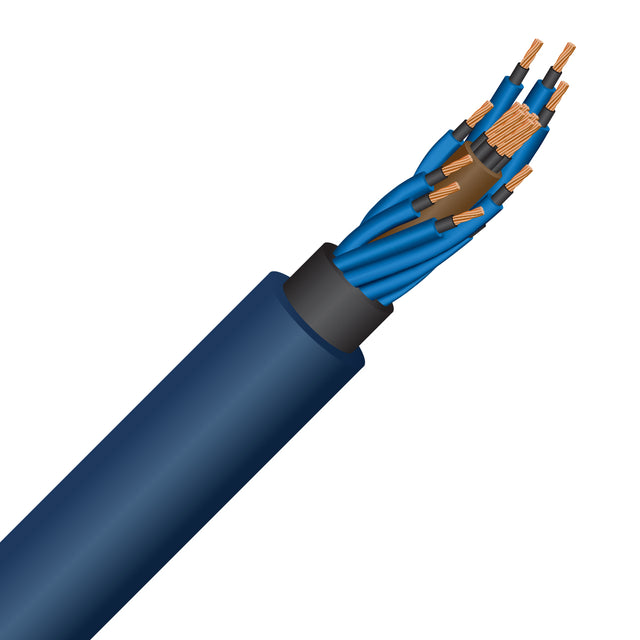David Salz, President of Wireworld Cable Technology
Power conditioners are now considered to be essential components in high quality home theater installations. However, the benefits of power conditioning are seriously compromised when the power cords lack shielding. That’s because unshielded cords act as antennas that conduct high frequency interference from Wi-Fi and other sources into the components, where it can degrade sound and image quality. Even some shielded cords fail to block high frequency interference because their shields are only connected at the wall plug, which is only effective at low frequencies. Properly shielded power cords can make surprising improvements in sonic and visual performance. Read on to learn about the benefits of shielded power cables for HiFi systems.
The most obvious value provided by power conditioners is their ability to protect components from damage due to voltage spikes and surges. These common over voltage issues can destroy or degrade a component over time or all at once. Less obvious, but equally valuable, are the sonic and visual improvements that people experience with cleaner power. Those improvements show that residential power is generally noisy and reducing the amount of noise entering a system usually improves its performance. The key sonic benefit of good power conditioning is the ability to hear quieter sounds, along with a more complex and natural tone quality.

Most power conditioners are passive filters that use inductor coils and capacitors to reduce noise and MOVs (metal oxide varistors) to suppress voltage spikes. These can provide good value if they are built well, with multiple filters that isolate each component from the others. However, passive filter power conditioners also share a common limitation in that they increase the impedance of the power line connection, which tends to compress the reproduction of dynamics. Another type of power conditioner, isolation transformers, are generally more expensive than passive filters and they provide the considerable advantage of not raising the line impedance.
Isolation transformers, such as those made by Torus Power, are the only type of power conditioner that can actually reduce the line impedance, resulting in greater current delivery and dynamic impact. They also do an outstanding job of reducing noise and protecting components. However, isolation transformers have their own limitation, and that is the result of using one isolation transformer to power multiple components. Since the power supplies of the components are connected together without isolation, any noise produced by one of them will spread to the others. As with passive filter type conditioners, providing isolation between components can make further improvements in sound and image quality.
The goal of providing clean power to a full system of components can best be achieved with properly shielded power cords that also function as effective noise filters. That is the concept of Wireworld Power Conditioning Cords. Unlike other cords, their advanced designs were developed through direct comparisons to battery power, the ultimate in sonic and visual purity. Wireworld Shielded Mini Power Cords are the world’s only two-conductor cords with true end-to-end shielding. These cords are also flexible enough to use with small components, like streamers, wireless speakers and TV soundbars with figure-8 (IEC-C7) power inlets. Featuring Fluxfield™ designs and ultra-quiet COMPOSILEX® insulation, Wireworld three-conductor flat power cords and two-conductor C7 cords extend the functions and benefits of power conditioning all the way to each component’s power inlet.
More stories

48Gbps HDMI Cable Review


